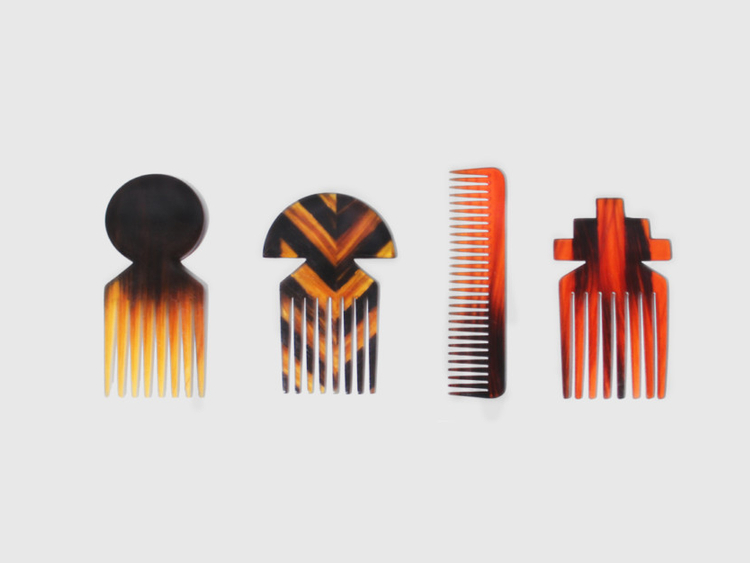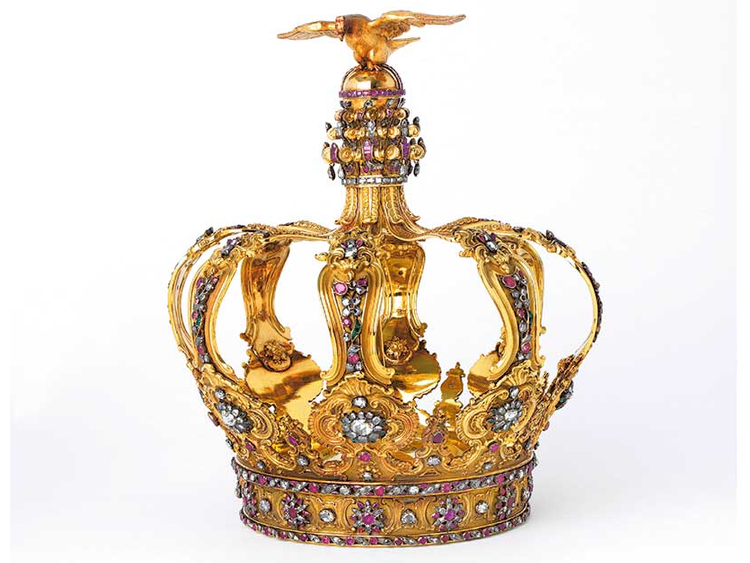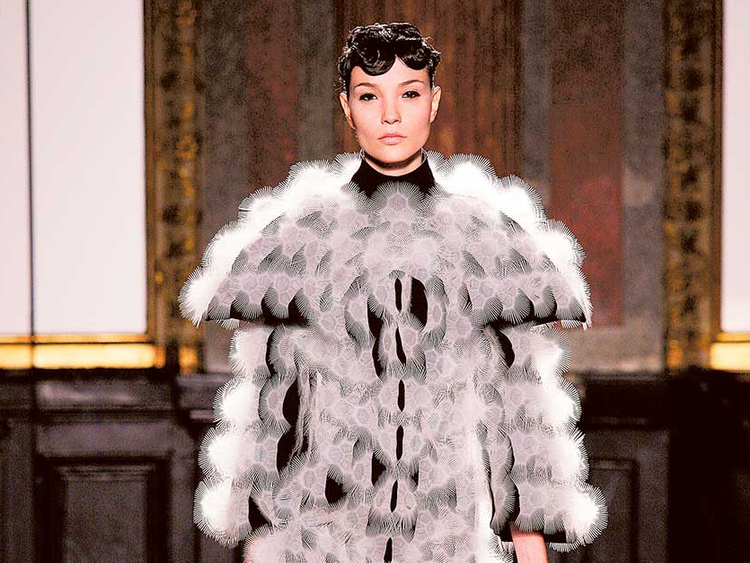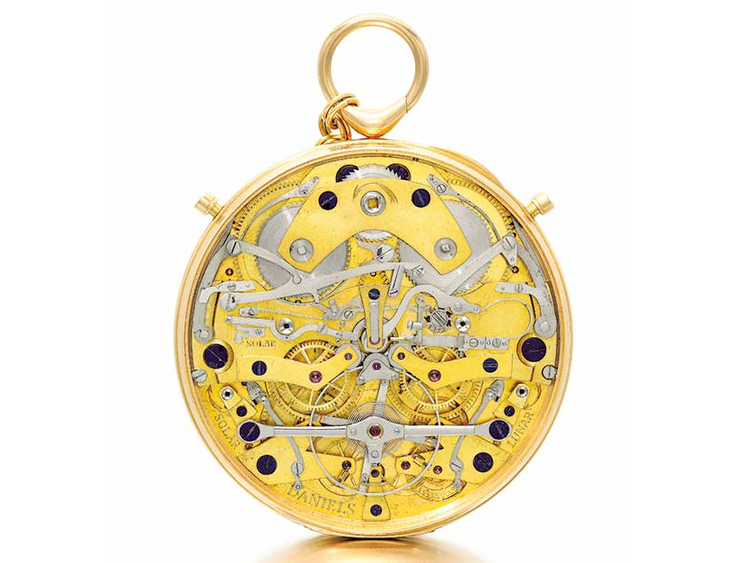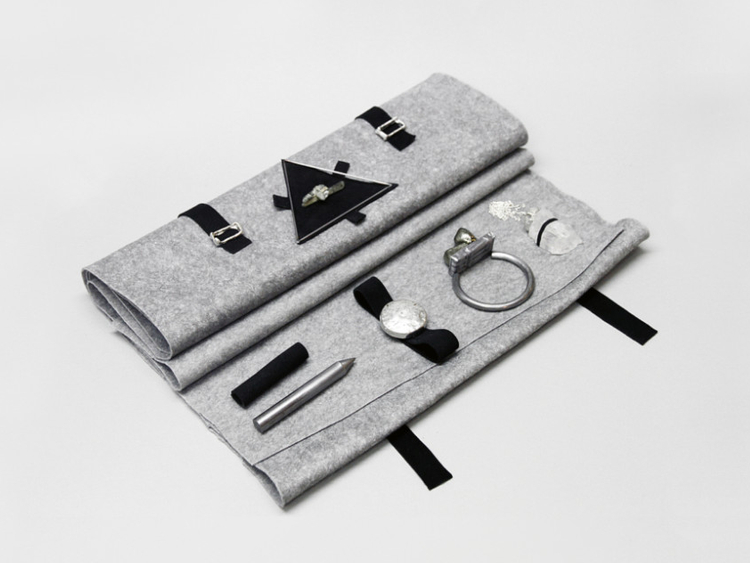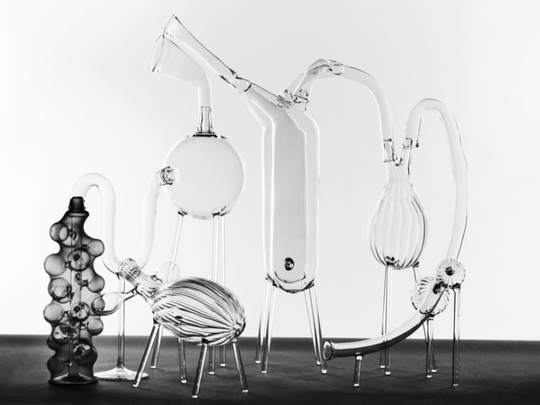
Everyone knows what luxury is. A £3,500 (Dh20,102) Louis Vuitton handbag, diamond studded Rolex watches so exclusive that there are no prices in the catalogue, a suite in Dubai’s Burj Al Arab, a Ferrari. All objects which confirm that when it comes to the Jones’s, you are not just keeping up but are several gold-paved streets ahead.
The Oxford Dictionary defines it as “a state of great comfort or elegance, especially when involving great expense” but an exhibition — entitled “What is Luxury?” — at London’s Victoria and Albert Museum examines the definition and answers its own question with an array of objects and installations in a way that is both surprising and disturbing.
The timing of the exhibition is as impeccable as a Rolex; this month, according to Wealth-X, an organisation which supplies data and advice to the world’s wealthiest, the number of Ultra High Net Worth Individuals (UHNWIs) grew in 2014 by 6 per cent to its highest. Today 211,275 people hold $29.7 trillion (Dh102.5 trillion) in assets. The biggest extravagance is in real estate where $2.9 trillion is spent. Well, you do need somewhere to park the Ferrari.
The V and A takes us beyond the brands so coveted by the UHNWIs with 100 objects that have been created with skill, time and passion. And cynicism and exploitation.
Co-curator Leanne Wierzba says, “Luxury seems like an intuitive subject that we all understand and have a relationship with. There is the obvious level with branded goods but on another level there are people who have no relationship to that high-end stuff. In different parts of the world water is a luxury or a bowl of rice, a tent for a Syrian refugee.
“The challenge was to raise the issues which reflect the meaning of luxury. The media define it in narrow terms but we wanted to find another approach outside the luxury industry which is focused on consumption. We have looked at the context of the production and motivation that lies behind its creation and we find that it is often not the market driving people to produce luxury objects. What really drives many of them is their own passion for materials, for experimentation and for discovering new techniques. Making luxury is not necessarily concerned with practical solutions but with the extraordinary, the non-essential and the exclusive.”
Some of the exhibits are wonderful, some weird and others worrying. What to make, for example, of “Luxury Skimming Stone with Belt Pouch”? According to the exhibition’s description, “skimming stones on the surface of water is a simple and cherished pastime” but designer Dominic Wilcox found a flat stone, covered it in 24-carat gold leaf and put it in a leather pouch to explore “ideas of value and luxury associated with a humble pleasure”. A found stone, he says, “becomes exclusive, unique and precious but its ultimate purpose is to be thrown away in a special moment”.
Is this just silly? Is it a satire on the greed of the owner or an eye-catching pretension on the part of the maker? Will the stone ever be skimmed across a lake and lost under the water to prove the disposable wealth of the owner? Or will it simply sit on a marble mantelpiece — to prove the wealth of the owner. For many the simple pleasure of picking up a flat stone on a beach and watching it skip and skim across the water would be luxury enough.
Of similar ambiguity is “Monkey Business” made in 2013. It is a grotesque creation; a monkey of polished and gilt bronze and aluminium, studded with Swarovski crystals and picked out with silver leaf. The creature perches on a gilded chest — is he protecting its treasures or stealing from it? It certainly satisfies the criteria of passion and technical experimentation by the makers but who would buy such a thing? It is weirdly compelling but outrageously tasteless. Is this just making a monkey out of the owner?
In the wonderful category is a crown in gold, diamonds, emeralds and rubies, which was made circa 1760 and possibly given to the church of São Lourenço in Azeitão near Lisbon by the Portuguese royal family. Its flamboyant Rococo style would have been conceived to reflect the power of the donors as well as their good taste and piety.
One of the most extraordinary examples of individual skill and uncompromising perfectionism is the watch-maker George Daniels. He made every single part of his watches — from the hands to the springs and even the cases — in a style that was clean, clear and beautiful.
The watches on display include the splendidly named “One-minute Spring Detent Chronometer Tourbillon” made of gold, silver, gilt brass and steel. Crafted in 1970, its examples have been valued at £250,000. Then there’s “The Space Traveller” which uses the sun and the stars to measure time.
He apparently said, “I never made watches for people if I didn’t care for them.” It’s a remark that indicates his independence from the commercial world of luxury branding and yet, by his very indifference makes his watches completely desirable. The less you can have, the more it is wanted.
A saddle by fashion house Hermès brings together the expertise of a single craftsman with the complement of a contemporary carbon fibre core. This is about brand image. It is a thing of beauty even for those who know little of horses but the skill of the work that has gone into it emphasises that the company, which began making saddles in the 1880s, has maintained its traditional values while mastering advances in technique.
An Indian howdah from about 1840 made of silver, wood, mirror glass, velvet and cast iron, was used for riding elephants in ceremonial processions. It was designed to reflect the power of the rider but by all accounts it was uncomfortable for both the elephant and passengers. Pure vanity. No wonder fashion tycoon Karl Lagerfeld, who knows a thing or two about luxury, said, “Vanity is the healthiest thing in life.”
“Time Elapsed” is an installation of brass and soda-lime glass beads, which celebrates the time and expertise that the Viennese company Lobmeyr invests in making crystal glassware and chandeliers. Inspired by an hour glass, grains of quartz sand trickle down a succession of brass containers until a funnel on a rotating arm deposits spirals of the sand on the floor in a circle of spirographic patterns about 3 metres in diameter. It takes up to two days for the gently swirling beads to complete the cycle — a luxury that requires space and time.
They are both concepts pursued in a section entitled Space for Time. Generally, luxury is defined by items, things that can be bought and displayed, but the curators argue that “luxury has the potential to unlock dreams of being somewhere else or someone else. It exists at the boundaries of daily routines and systems but relies on notions of breaking out. In a busy and intrusive world, people increasingly value time and space for enjoying special moments and extraordinary experiences. Time can be seen as a luxury in its own right.”
In the amusing “Time for Yourself”, Polish artist Marcin Rusak stops the clock. He has designed what looks like a useful piece of kit for, say, a long distance hiker but the compass will send you off in random directions, the watch has no dial but there is a blanket to keep you warm when you get lost. The message is, in a world where we are accompanied everywhere by GPS navigation systems and smartphones, the ultimate luxury would be to escape from possessing any of these objects and to savour the simple pleasure of remoteness.
If many of the exhibits veer from the wonderful to the weird and back again, the third section of the show — A Future for Luxury — concentrates on the worrying by looking at social, economic and ecological considerations that are hidden behind the creation of luxury objects and the relationship between them, scarcity and exploitation and the tensions between supply and demand.
Take diamonds, an obvious symbol of wealth, hewn from the ground by workers, often in appalling conditions. But it doesn’t have to be so. Diamonds result from the synthesis of carbon, pressure, high temperatures and time and these are conditions that can be replicated in a laboratory. American artist Shane Mecklenburger has taken the carbon from three improbable sources and made three diamonds — one from the ashes of an armadillo roadkill, one from gunpowder and one, extraordinarily, from carbon extracted from the script of the movie “Superman III”.
They look exactly like diamonds, to all intents and purposes they are diamonds, but for the pursuers of luxury they would be dismissed by the manufacturers as imitations of the real thing. It is as if authenticity requires that a diamond has to be dredged from the mines of South Africa.
Most salutary of all is “Rare Earthenware”. A film traces the extraction of rare earth metals and alloys which contain the elements necessary for devices such as computers, rechargeable batteries and cellphones. It starts in a huge mine in inner Mongolia, where the earth is extracted from mountains of coal waste and where the refining process has left behind a 10-square kilometre radioactive lake. The film shows weary workers surviving in poor conditions, the transport of the material to ports piled high with containers and on to shops where the products are on display.
Made by Unknown Fields Division, who describe themselves as a nomadic design research studio “that ventures out on expeditions to the ends of the earth to bear witness to alternative worlds, alien landscapes, industrial ecologies and precarious wilderness”, they have used mud from the lake to craft a set of three ceramic vases. Each has been made in a size that corresponds to the amount of waste used. The smallest vase is the equivalent to a smartphone; the next a laptop and the biggest to the cell of a smart car battery. The V and A had to take special precautions before installing the vases — such was the fear of radioactivity.
And what will luxury look like in the future? According to American artist Gabriel Barcia-Colombo, keeping hold of one’s own DNA might one day be something few can afford. He has accumulated DNA extracted from human saliva and stocked it in his DNA Vending Machine, Snakky Max, with packaged samples, just like the machines that sell sweets or packets of crisps.
That might be a luxury, but it’s scary.
Richard Holledge is a writer based in London.
“What is Luxury?” is sponsored by developers Northacre and is on at the Victoria and Albert Museum, London, until September 27.



